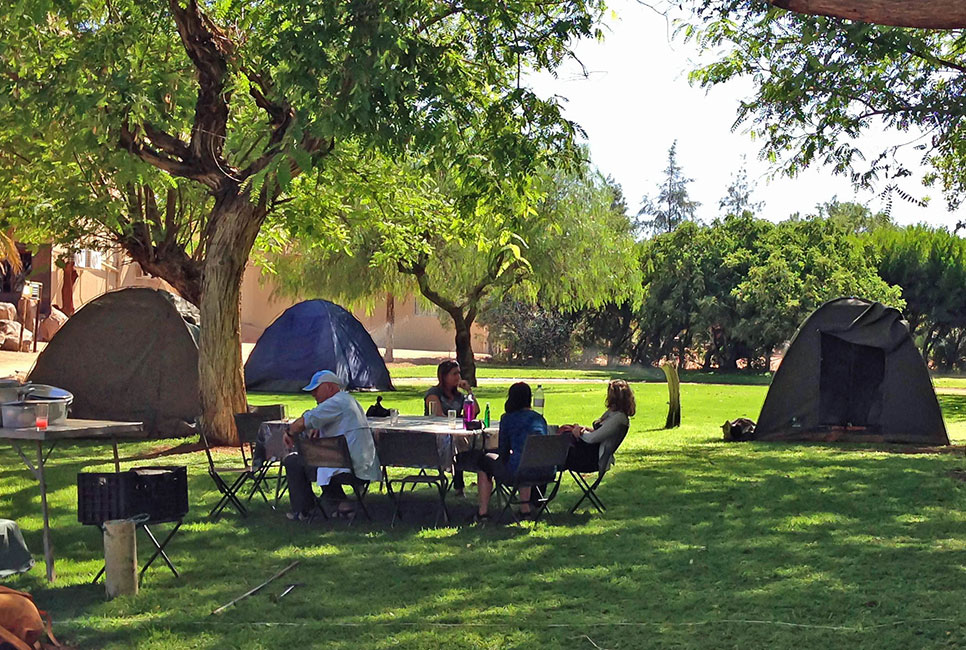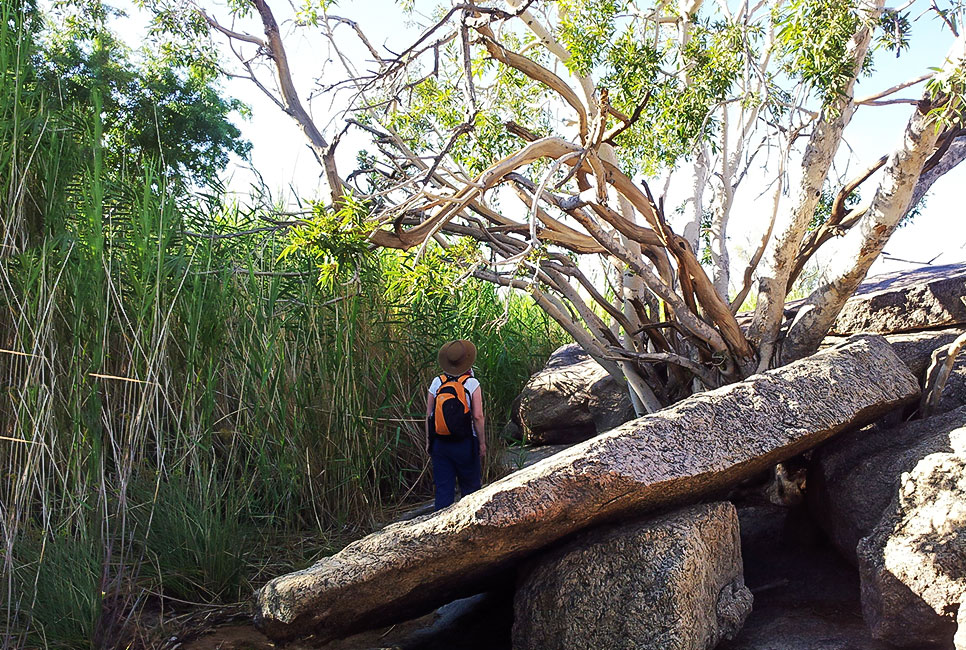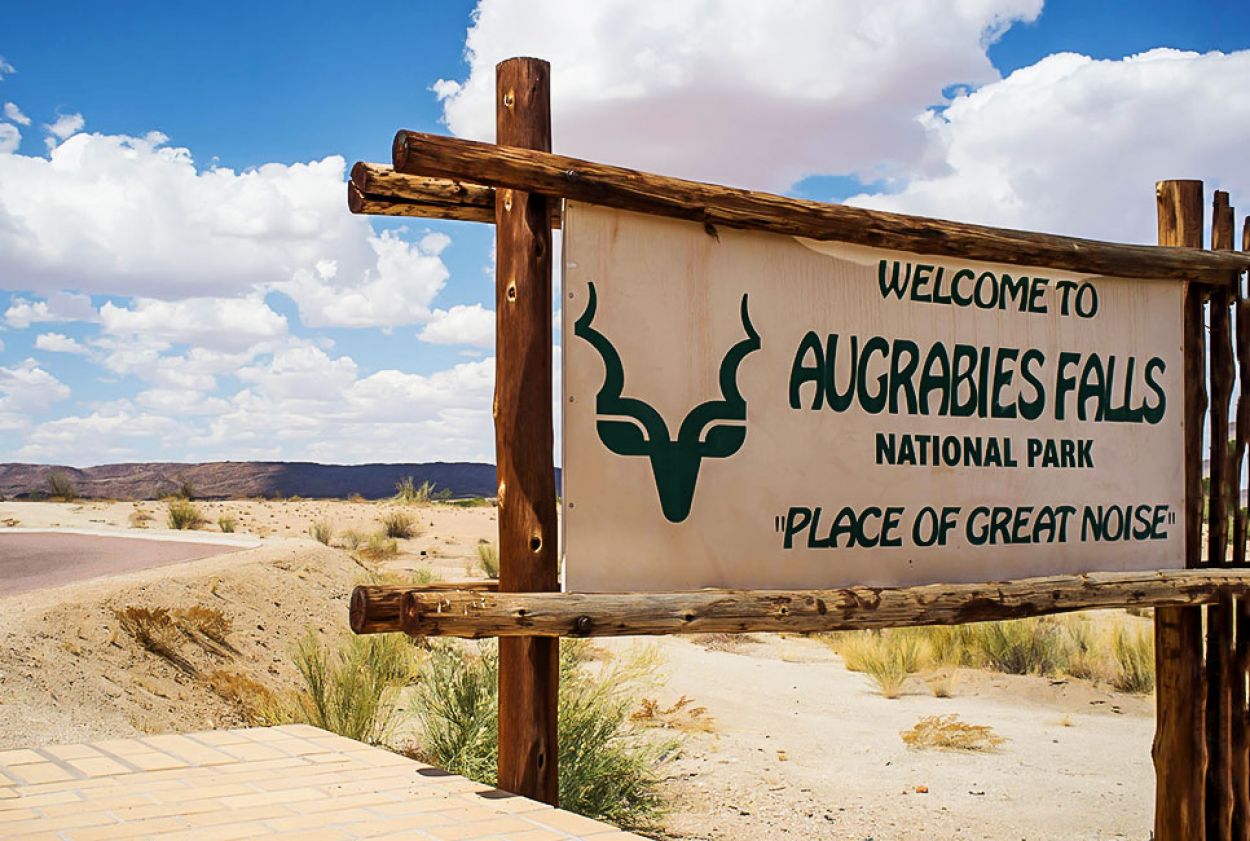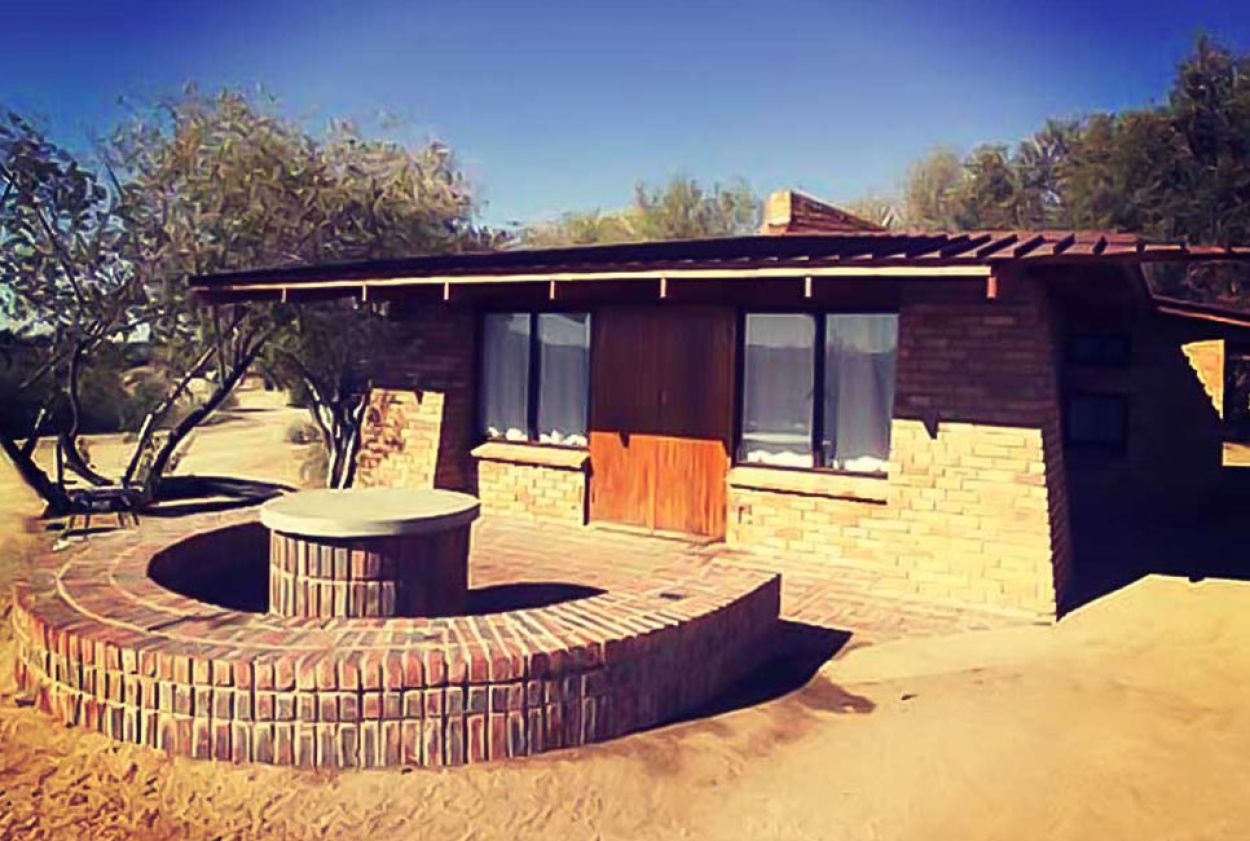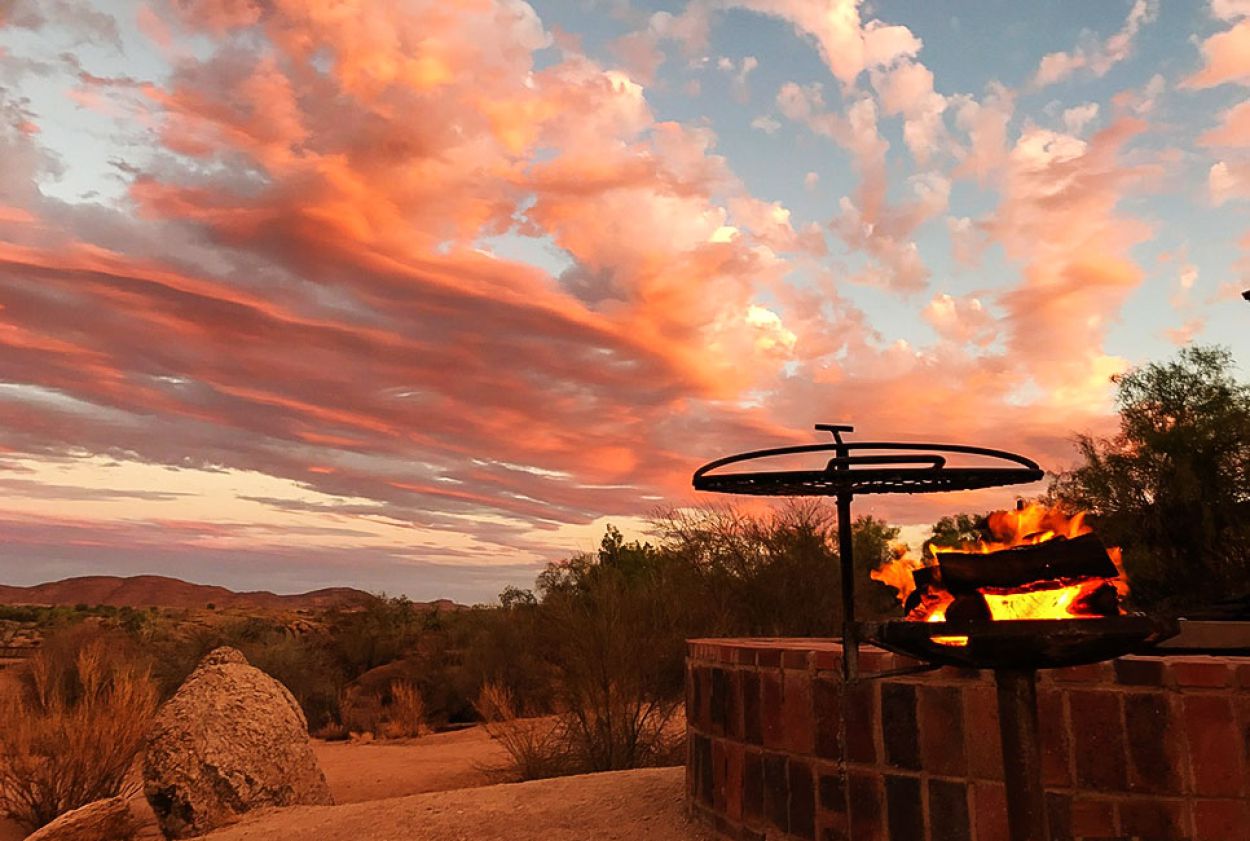Augrabies Falls
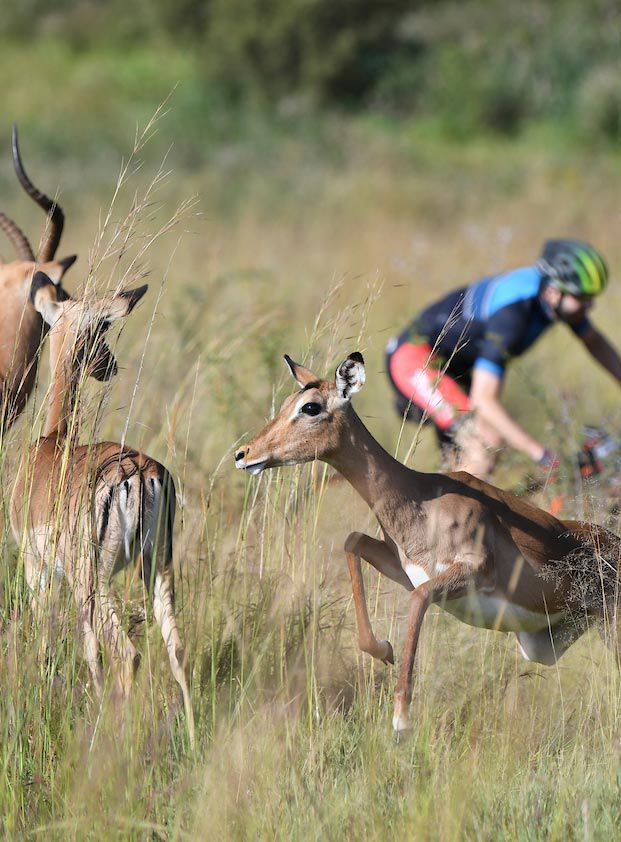
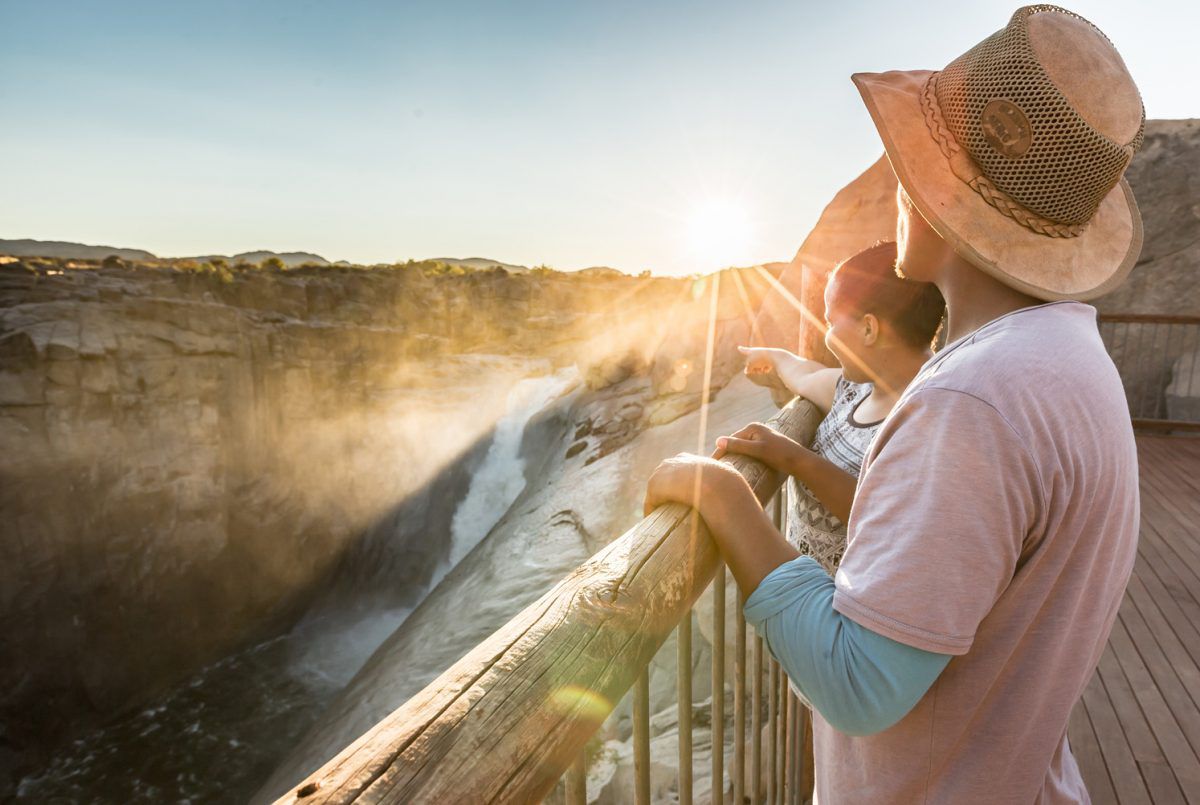
Place of great Noise
The Khoi people called it "Aukoerebis", or place of Great Noise, as this powerful flow of water from the Orange River is unleashed from rocky surroundings of the Augrabies Falls Gorge, thundering down a 75 meter abyss, carving out unique routes through the arid landscape.
Augrabies Falls National Park in the Northern Cape only has one camp, but it also happens to be the largest camp of all the Arid Parks in South Africa. Its 120 beds (excluding the campsite) are in constant demand, so make sure you book well ahead.
Camping Stands
Augrabies Falls National Park offers scenic camping and caravan stands with lush lawns and ample shade.
Each stand can accommodate up to 6 adults and comes with a braai, water and electricity, access to clean amblutions, and communal kitchen and laundry rooms.
"Book your accommodation through Trans Augrabies MTB as soon as possible to avoid having to stay outside the park!" - Veteran's Tip
Family Chalets
The Park also offers a range of Chalets dotted along the Orange River Gorge.
All chalets are fully equipped with self-catering facilities and are air-conditioned. More than half of the camp sites, all set in a wonderfully shady area, have electricity and besides the usual ablution facilities there is also a communal kitchen, laundry and ironing room.
Forget the braai at the Chalet and head over to the Tent to enjoy Dinner in the Bunch instead. - Veteren's Tip
Fauna & Flora
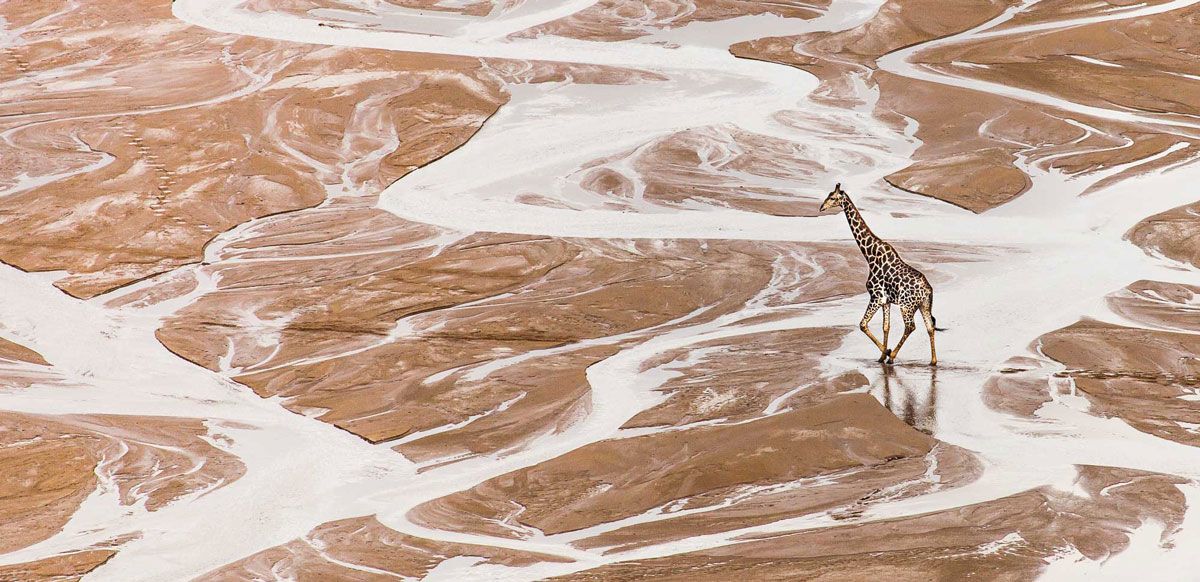
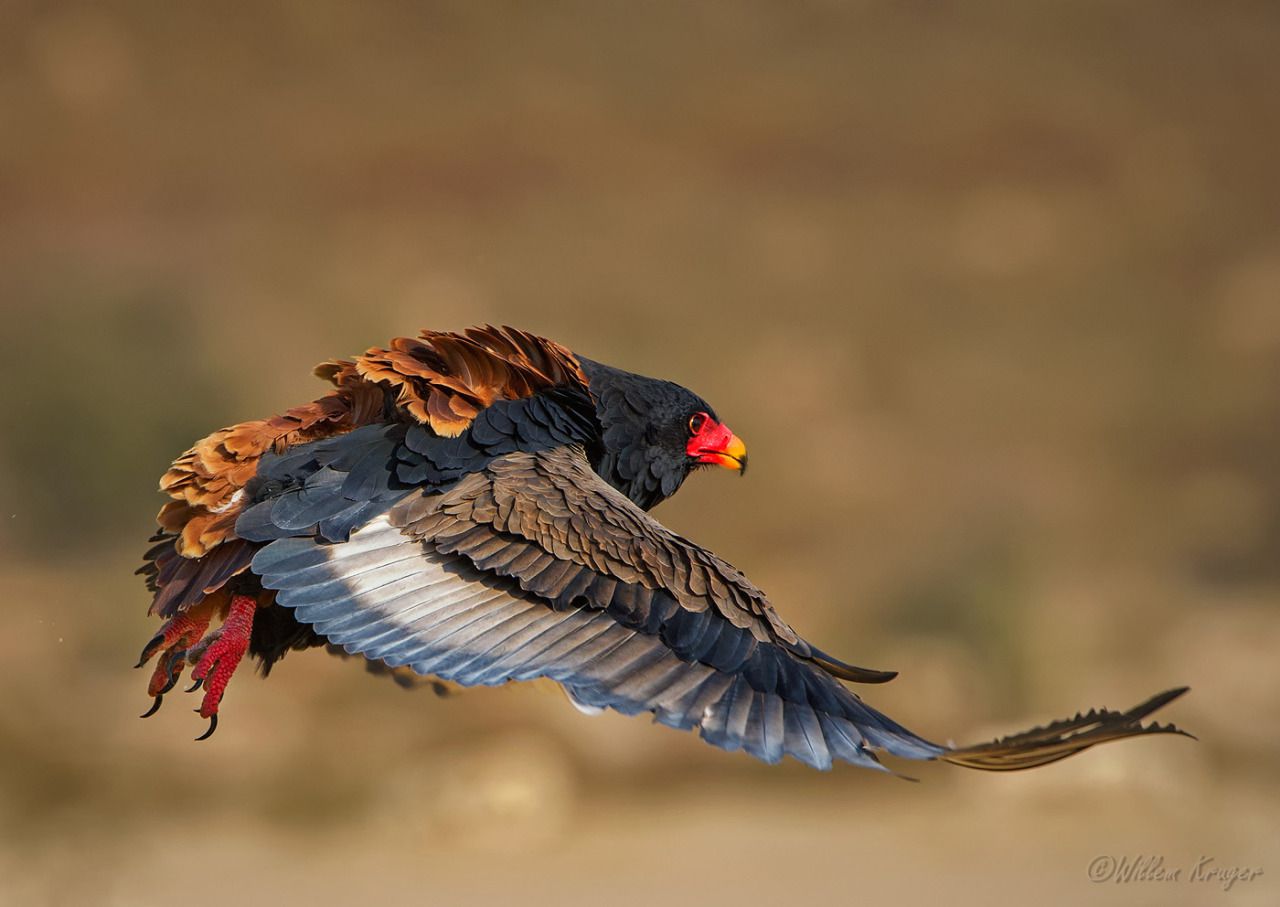
Nocturnal life in Augrabies Falls is abundant, especially during the warm summer months, and many animals take the opportunity to wander and feed during the cooler nights. Typical night-time hunters such as the African wild cat, bat-eared fox, free-tailed bat, aardwolf and the small spotted genet will often be spotted during night drives in the park. Additionally, many antelope species as well as the giraffe are often active during the night, making an encounter even more special. The stealthiest predator in the park, the leopard, is rarely seen but a sighting remains an ever present possibility. Temperature fluctuations in the region have resulted in unique adaptations in animals. The animals in Augrabies can survive in extreme high and low temperatures. Smaller animals make use of whatever shade is available as well as burrows, rock crevices and fallen trees. The types of animals that have made these adaptations are the slender mongoose, the yellow mongoose, and rock dassies. An interesting mammal found in Augrabies is the cape clawless otter; their presence in the park indicates that the river ecosystem is relatively healthy. The giraffes found in Augrabies are lighter in colour than those found in the regions of the east, as a counter measure for the extreme heat. One of the most often seen antelope is the klipspringer, which are normally seen in pairs. Other antelope found in the park are steenbok, springbok, gemsbok, kudu and eland. Predators in Augrabies come in the form of leopard, black backed jackals, caracal, the bat eared fox, and the African wild cat, and the elusive leopard. Hartmann’s Mountain Zebra (Equus Hartmannae) is also present in the park and due to their endangered status are closely monitored by the park rangers. A total of 49 mammal species, including a number of rodent species, have been recorded.
Another group of animals that is thankful for the diverse habitat Augrabies Falls National Park (AFNP) offers is the reptiles.
Unfortunately reptile enthusiasts can only expect a glimpse of the many interesting creatures during the summer months. AFNP is home to 41 reptile species, the most famous being Broadley’s flat lizard, locally known as the Augrabies flat lizard. The lizard is only found within a 100 km radius of the falls and is guaranteed at every view point of the falls on warm days. Various agamas (Ground, Anchieta’s and Southern rock) are a common sight basking on the boulders, so be on the look out for those since they are so excellent at blending in with their environment.
The most infamous snake found here is arguably the black spitting cobra and is most often spotted during the early mornings or late afternoons. Many snakes enjoy sunbathing on the rocks in the morning; nevertheless they are very difficult to spot. Other snake species that can be found here are: cape cobra, horned adder, desert mountain adder, Beetz’s tiger snake, Karoo sand snake and several others. For your information no snake bites have ever been documented at AFNP.
Look out for the Nile monitor who can also be found next to the main river and the smaller streams flowing through the park and at night time the helpful thick-toed gecko’s come out to relieve us from unwanted insects. Regularly seen is the often massive leopard tortoise (adults weigh up to 20kg) which enjoys feeding on the fresh grass and aloes of the campsite.
A complete list of all reptiles & amphibians can be found at AFNP reception desk.
5 reptiles to spot:
- Broadley’s Flat Lizard (Platysaurus broadleyi)
- Nile Monitor (Varanus niloticus)
- Leopard Tortoise (Geochelone pardalis)
- Black Spitting Cobra (Naja nigricollis woodi)
- Cape Cobra (Naja nivea)
Highlights
The Augrabies Falls waterfall and the adjoining ravine are considered one of the most spectacular sights in South Africa and is a highly recommended destination. Located in an arid-area, the reserve offers spectacular scenery and is one of the best locations in South Africa to view Klipspringer and Dassies (Rock Hyrax). The nature reserve is not only about the waterfall and visitors should take time to explore the surrounding area as well. The Klipspringer Hiking trail is a 3 day, 2 night hiking trail that leads one further into the reserve, providing an excellent overview of the landscape.
The Augrabies Falls National Park is located in an arid area known for extreme temperatures. Day time summer time temperatures are usually around 25°C to 27°C but have been known to reach a staggering 46°C (115°F) with rock surface temperatures exceeding 70°C.
Winters on the other hand drop to below freezing. Rainfall occurs in the form of thunderstorms between January and April and the river area above the waterfall is known to periodically flood due to heavy rainfall in the upper catchment area of the Orange River.
Handy Hints
- Remember to bring a hat, walking shoes, sun block, camera, binoculars and wildlife reference books.
- As outdoor lighting in camp is limited, a torch/headlamp is required when walking outside at night.
- Hikers on day and overnight trails must always carry sufficient water.
- Take cool or light clothing for summer and warm for winter – area prone to sudden weather changes.
Park Contact Details

- To book Eco-Adventures & Activities, please e-mail
This email address is being protected from spambots. You need JavaScript enabled to view it. or phone them on the following numbers: - Tel: +27 (0) 54 452 9200
- Fax: +27 (0) 54 451 5003
